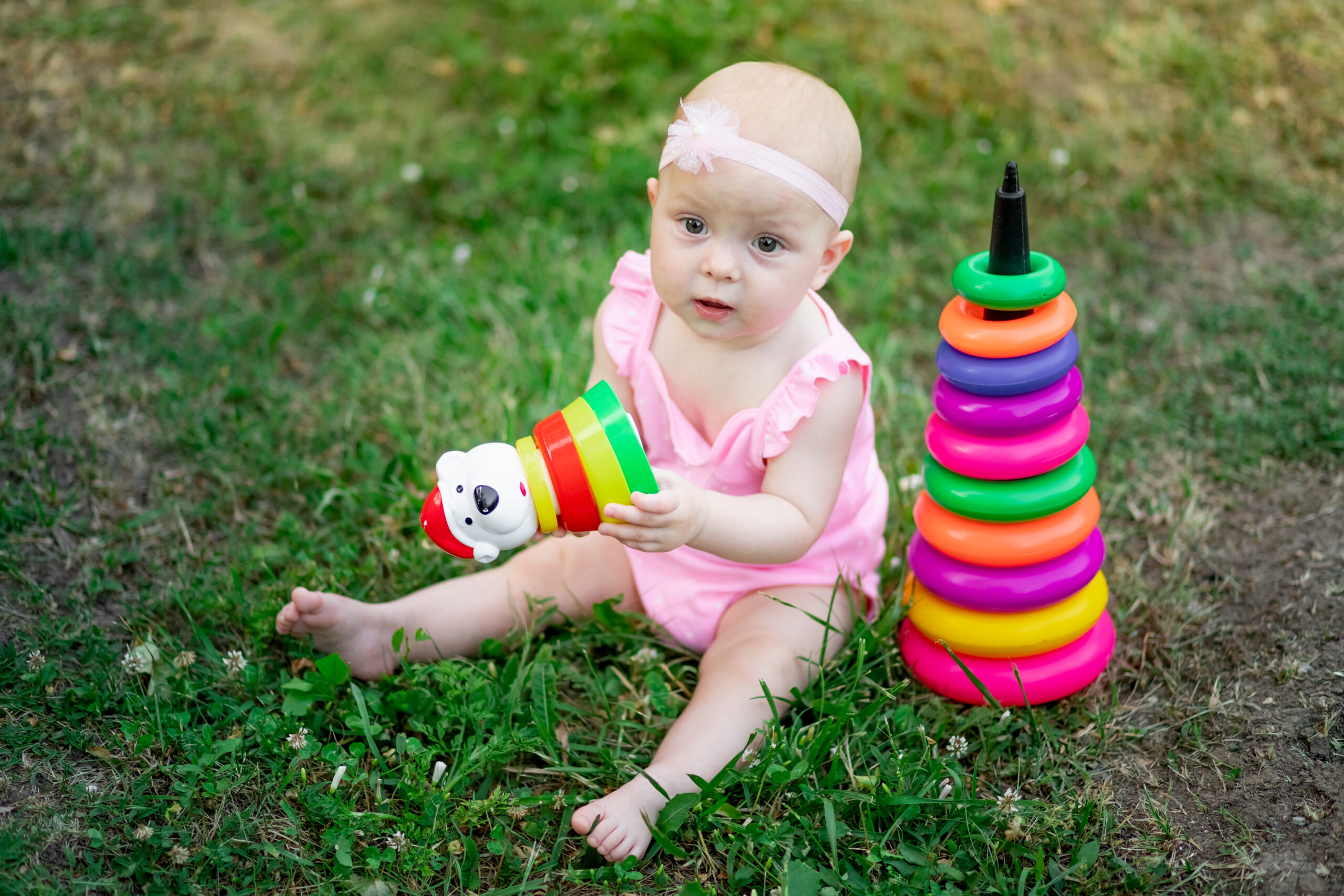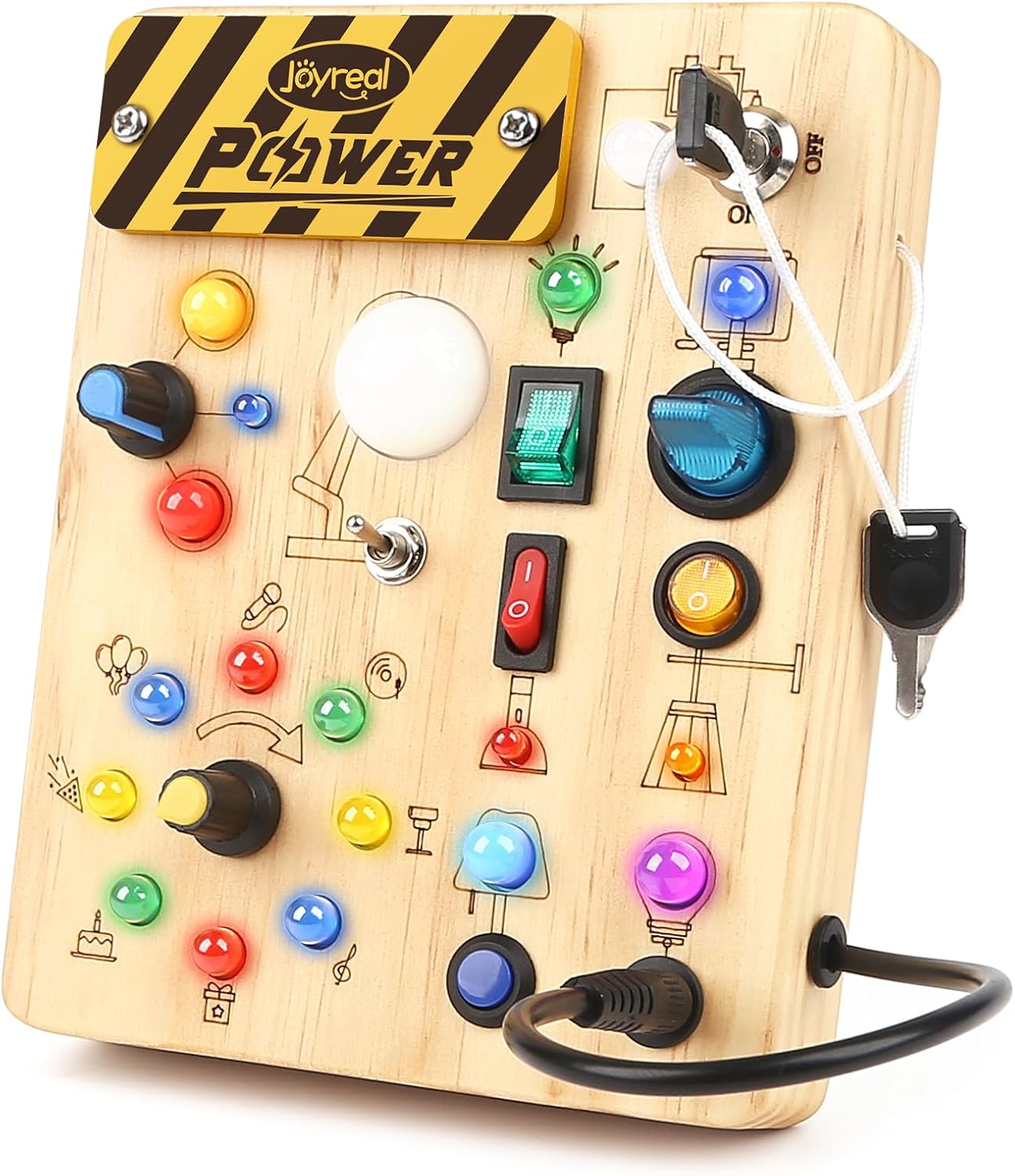120 Moon Facts That Are Out of This World!


Choosing the right toys for one year olds can be a delightful yet challenging experience for parents and caregivers. At this pivotal stage of development, toddlers are curious, eager to explore, and rapidly developing new skills. The right toys can stimulate their senses, enhance their motor skills, and provide endless hours of imaginative play. Understanding the evolution of toys and their impact on a child’s growth can guide you in selecting the best options for your little one.
The historical context of toys for one year olds reveals much about societal values and technological advancements. In the early 20th century, toys were often simple, handcrafted items made from wood or fabric. They were designed to be durable and safe, with an emphasis on educational value. As decades passed, the introduction of plastic revolutionized toy manufacturing, allowing for more colorful and varied designs.
Examples of popular toys through the years include the classic wooden blocks of the 1940s, which encouraged creativity and spatial awareness. The 1970s saw the rise of electronic toys, which introduced interactive elements that captivated young minds. Today, toys for one year olds blend traditional play with modern technology, offering features like lights, sounds, and interactive components that promote active learning.

A stacking ring set helps toddlers learn colors, sizes, and problem solving. It strengthens hand eye coordination and fine motor skills as they try different combinations. Made from durable materials, it can handle rough toddler play. This toy also encourages independent learning and exploration.

A wooden shape sorter supports early cognitive development and shape recognition. Toddlers enjoy matching each piece to the correct slot, improving coordination. Its sturdy design makes it safe and long lasting. This simple toy keeps little ones engaged while teaching basic problem solving.

An activity cube offers multiple play options like spinning gears, bead sliders, and mini puzzles. It keeps toddlers busy and supports fine motor growth. The cube’s colorful and durable build holds up well over time. It encourages curiosity, exploration, and hands on learning.

A sensory board includes textures, switches, buttons, and sliders that spark curiosity. It helps toddlers strengthen motor skills while exploring different sensory elements. The sturdy construction makes it a reliable learning toy. It keeps children engaged and encourages hands on discovery.

This toy encourages toddlers to walk more confidently and stay active. Pulling the animal strengthens balance, coordination, and gross motor skills. It’s made from durable wood that withstands frequent use. Its simple design makes it easy and fun for little ones to use.

A soft baby ball is great for rolling, tossing, and gentle kicking. It builds gross motor skills while boosting early coordination. The soft material makes it safe for indoor play. It keeps toddlers active and entertained.

A bead maze toy helps toddlers practice grasping and tracking movements. It supports fine motor development and hand eye coordination. The bright colors and twisting wires keep kids engaged. It’s sturdy enough to handle daily play.

This toy introduces toddlers to sounds, music, and simple cause and effect. Pressing buttons helps improve finger strength and coordination. Lights and melodies keep children engaged and smiling. It also encourages sensory exploration.

A bilingual toy introduces basic words and sounds in two languages. It’s great for early language development and auditory learning. Toddlers enjoy pressing buttons and hearing fun phrases. It keeps little ones engaged while expanding vocabulary.

A cloth book with crinkles, flaps, and textures makes reading fun for toddlers. It supports sensory development and early literacy skills. Soft pages make it safe for grabbing and chewing. It’s durable, washable, and great for on the go learning
Parents and caregivers often rely on expert ratings to make informed decisions about toy purchases. Ratings specifications for top toys typically consider factors such as safety, educational value, and entertainment potential. Popular choices often include toys that have been rigorously tested for safety and have received high marks for their ability to engage and educate young children.
Insights on motor skills development are also a key component of expert evaluations. Toys that support both fine and gross motor skills, while providing a fun and interactive experience, are highly recommended by child development specialists. By choosing toys with positive expert ratings, parents can ensure they are providing their toddlers with the best tools for growth and learning.
Understanding the pros and cons of different toy types can help parents make better choices for their toddlers. Soft toys, for instance, are great for comfort and sensory exploration but may lack the interactive elements that promote active learning. On the other hand, electronic toys can be highly engaging but may be overwhelming if not used in moderation.
Traditional toys, such as blocks and puzzles, offer timeless benefits in terms of creativity and problem-solving skills. However, they may not hold a child’s attention as long as more modern, interactive toys. By weighing these factors, parents can select a balanced mix of toys that cater to their child’s developmental needs and interests.